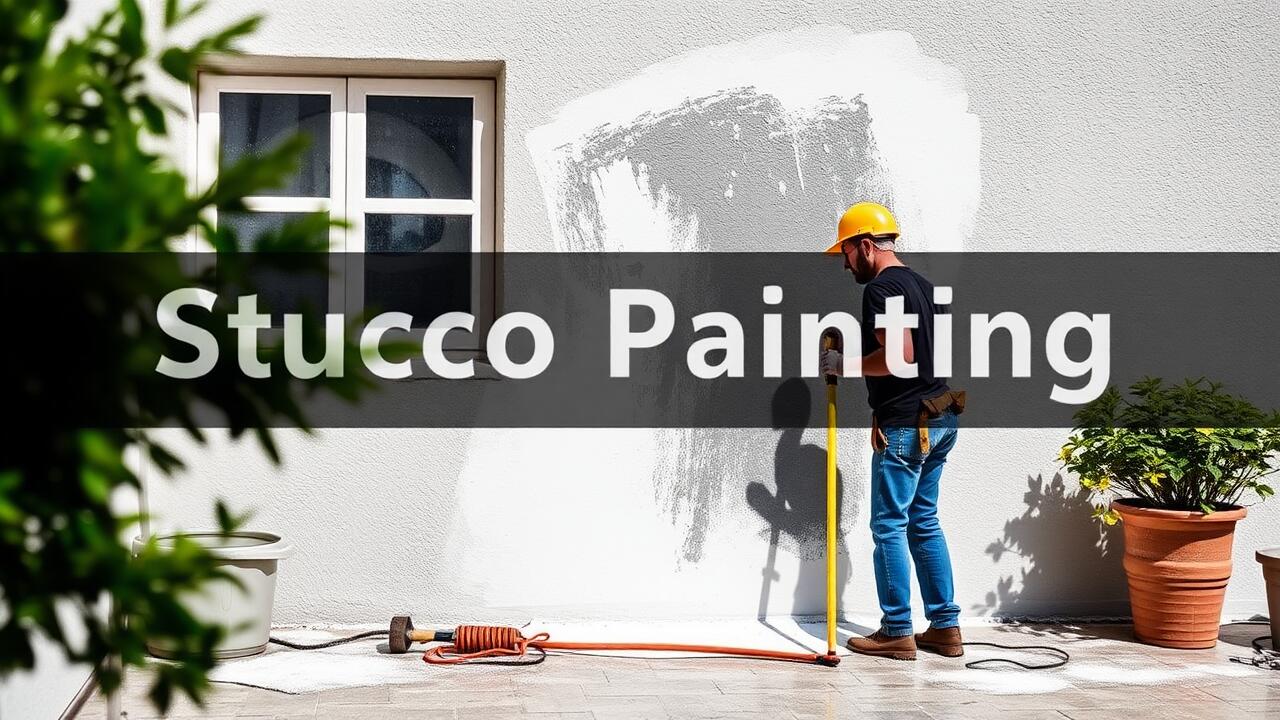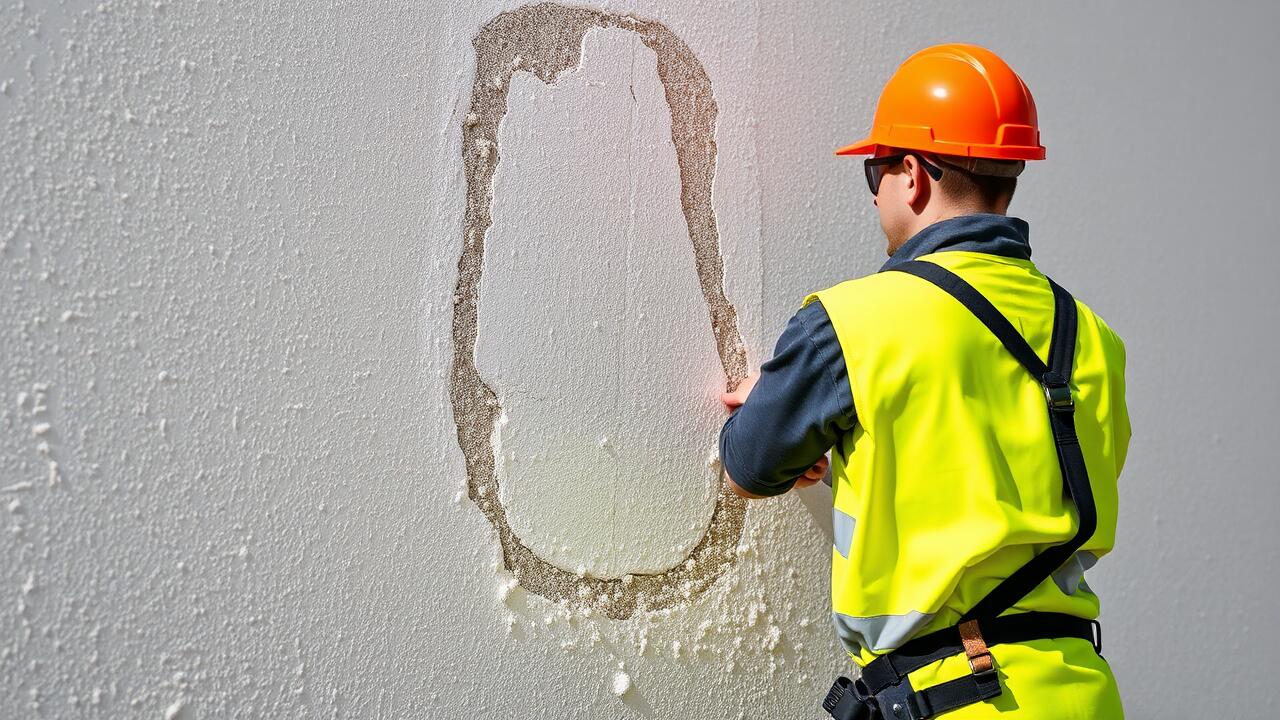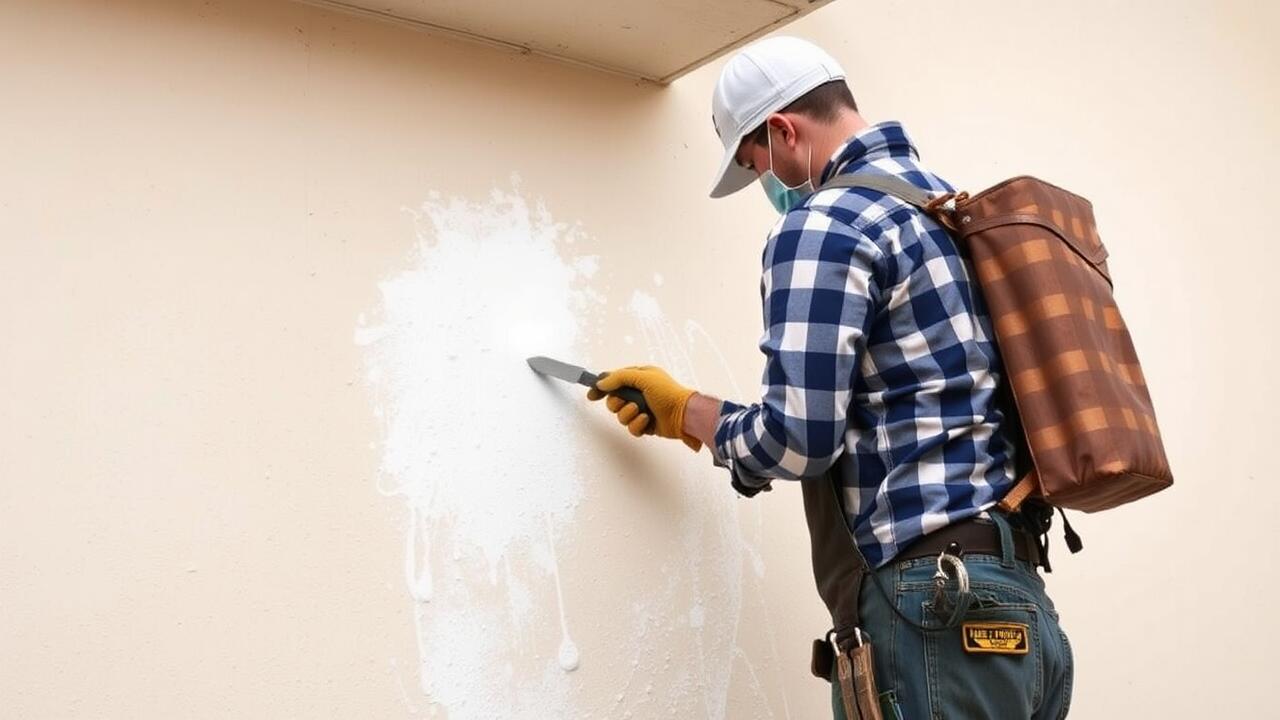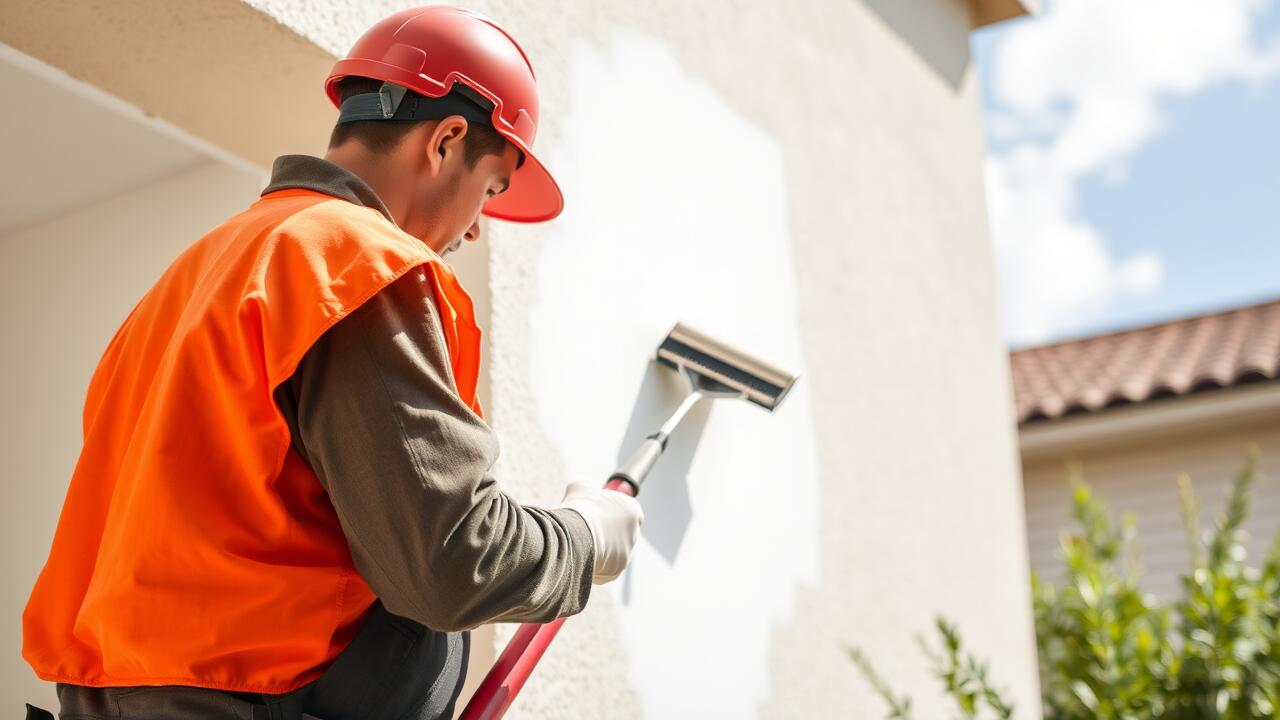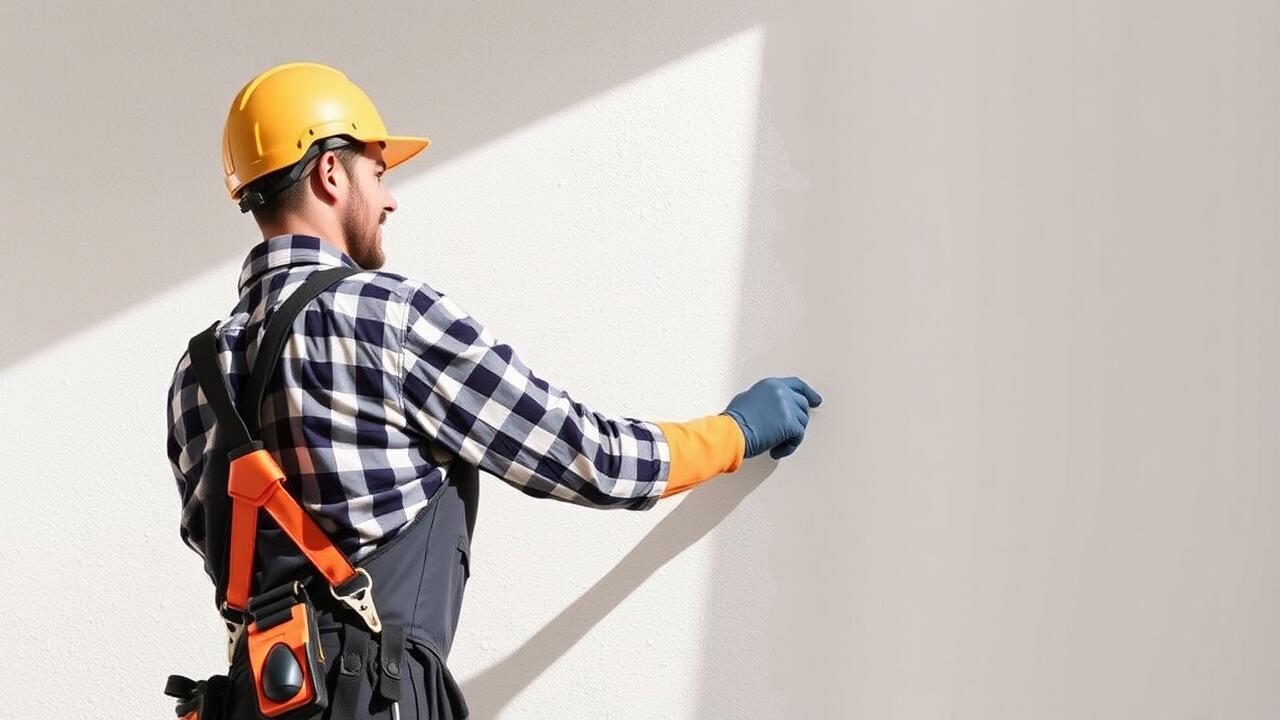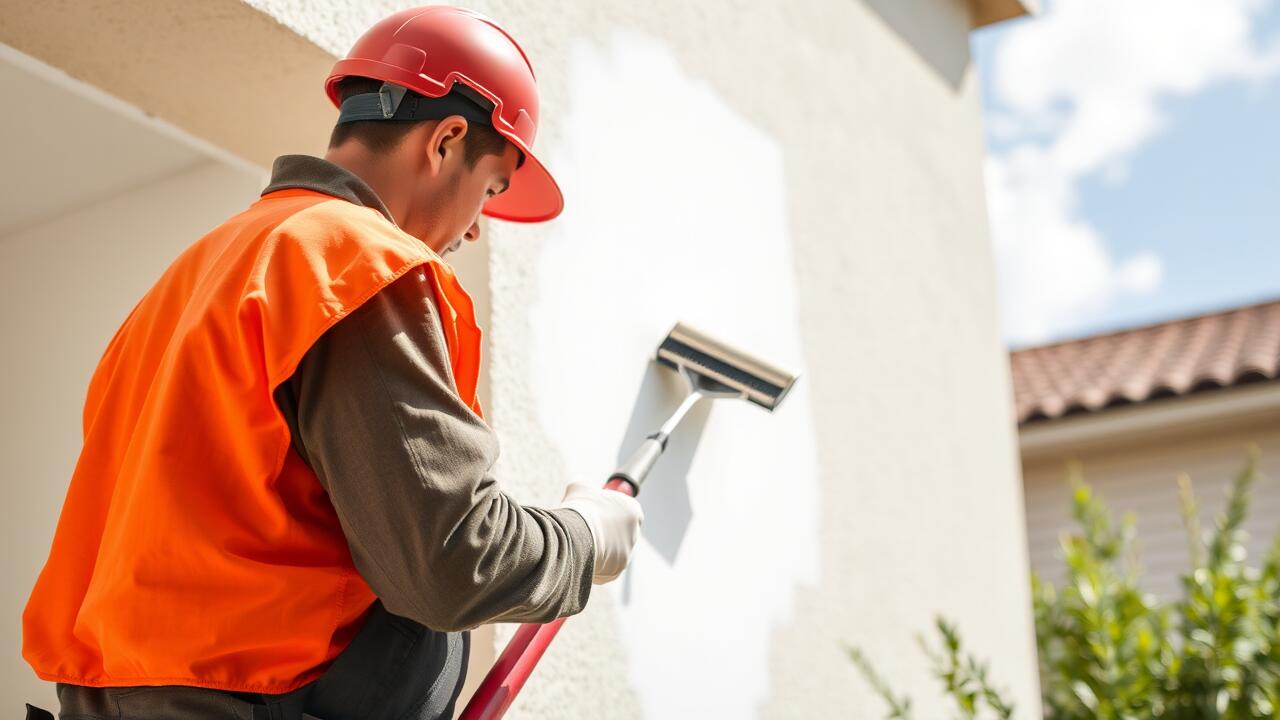
Application Techniques for Priming Stucco
Applying primer to stucco requires specific techniques to ensure optimal adhesion and a smooth finish. Begin by selecting the right primer suited for exterior use, preferably one designed for porous surfaces like stucco. Using a paint sprayer often yields the most even results, allowing the primer to penetrate the texture of the stucco effectively. If a sprayer is not available, a sturdy brush or roller can also work well. Regardless of the application method, it is crucial to apply the primer in thin, even coats to prevent pooling or sagging.
For projects involving Stucco Painting in Canoga Park, Los Angeles, it's advisable to start in the early morning or late afternoon when temperatures are milder. This can help prevent the rapid drying of the primer, which could lead to uneven surfaces. Always make sure to back roll after spraying to ensure even coverage. Inspect the surface for any missed spots before moving to the next section. Taking these considerations into account ensures a successful priming process that sets the foundation for a durable and attractive finish.
Best Practices for Even Coating
Achieving an even coat during priming is crucial for the overall aesthetic and longevity of stucco surfaces. Begin by selecting a high-quality primer specifically designed for stucco. This helps ensure proper adhesion and compatibility. When applying the primer, use a roller for larger areas and a brush for corners and edges. This combination allows for smooth coverage and prevents thick patches in hard-to-reach spots, which can lead to an uneven final appearance.
For those in areas like North Hollywood, Los Angeles, it is especially important to monitor the moisture content of the stucco before starting the priming process. If the surface is too damp, the primer may not adhere properly, resulting in bubbling or peeling later on. Additionally, applying multiple thin coats rather than a single thick layer can enhance the uniformity of the finish. After each coat, inspect the surface closely to identify any missed spots or inconsistencies.
Common Mistakes in Priming Stucco
Many homeowners overlook the importance of surface preparation before priming stucco. Failing to clean the surface adequately can lead to poor adhesion of the primer and paint. Dust, dirt, and debris can create a barrier that prevents the primer from bonding properly with the stucco. This often results in peeling paint or uneven finishes over time, diminishing the overall aesthetic appeal.
Another common mistake involves applying primer in inappropriate weather conditions. High humidity or extreme temperatures can adversely impact the drying process. In areas like Canoga Park, Los Angeles, where temperatures can fluctuate, it’s crucial to monitor weather conditions before commencing the priming process. Applying primer in unfavorable conditions may compromise its effectiveness and longevity, making it essential to choose the right time for stucco painting in Canoga Park, Los Angeles.
Avoiding Pitfalls for a Successful Finish
Achieving a successful finish in stucco painting requires attention to detail and adherence to best practices. One of the common pitfalls is applying primer unevenly. This can lead to patchy color application after painting, making imperfections more noticeable. Ensuring an even coat of primer not only enhances the paint’s adherence but also provides a uniform base that enhances the overall appearance. Professional services for Stucco Painting in North Hollywood, Los Angeles, emphasize the importance of thorough surface preparation and inspection before moving ahead with the painting process.
Another mistake frequently encountered is neglecting the environmental conditions during application. Wind and humidity levels can significantly influence the primer’s drying time and effectiveness. Applying primer on a humid day can result in poor adhesion, while winds may lead to overspray and uneven coverage. It is essential to monitor weather forecasts and choose an appropriate time for priming to avoid these issues. Consulting with experts specializing in stucco painting in North Hollywood, Los Angeles, can also provide valuable insights into managing these environmental factors effectively.
Environmental Factors Affecting Priming
Weather conditions play a crucial role in the priming process of stucco surfaces. High humidity levels can result in longer drying times, potentially affecting the adhesion of the primer. Conversely, low humidity may cause the primer to dry too quickly, leading to inadequate coverage. Temperature also has a significant impact; priming in excessively hot conditions can cause the material to set too fast, while cold temperatures may hinder proper drying. Each of these factors must be considered when planning for stucco painting in North Hollywood, Los Angeles, ensuring that the primer performs as intended.
Additionally, other environmental elements, such as wind and rain, can disrupt the priming application. Wind can lead to overspray and uneven coating, while rain can wash away freshly applied primer, negating the effort. Local climate should be taken into account when determining the best times for priming. Understanding these conditions helps in optimizing the priming process, ultimately enhancing the durability and appearance of the finished stucco surface.
Understanding Weather Conditions and Their Impact
Weather conditions play a crucial role in the priming process of stucco surfaces. Humidity levels can vary significantly throughout the year, impacting the drying time and adhesion of primer. High humidity may slow down the drying process, leading to potential issues such as blushing or uneven application. When planning for stucco painting in North Hollywood, Los Angeles, it's important to consider the local climatic conditions to ensure optimal results.
Temperature fluctuations also affect the priming procedure. Ideally, the temperature should be moderate, as extreme heat or cold can hinder the primer's performance. Cold weather may cause the primer to freeze, while high temperatures can cause it to dry too quickly. Monitoring the weather during the preparation phase is essential to achieving a uniform and lasting finish on stucco surfaces.
FAQS
What is the purpose of priming stucco before painting?
Priming stucco helps create a uniform surface, improves paint adhesion, and prevents moisture from being trapped, which can lead to peeling or damage.
How long should I wait after applying stucco before priming?
It is recommended to wait at least 7 to 10 days after applying stucco before priming, allowing it to fully cure and dry out.
What type of primer should I use for stucco?
It is best to use a high-quality, masonry-specific primer that is designed for use on stucco surfaces, as these primers provide better adhesion and moisture resistance.
Can I skip priming if I’m using a quality paint?
Skipping priming is not advisable even with quality paint, as primer enhances adhesion, provides better coverage, and helps achieve a more durable finish.
How do environmental factors affect the priming process?
Environmental factors like temperature, humidity, and wind can impact the drying time of stucco and primer. It's important to consider these conditions to ensure optimal application and performance.
